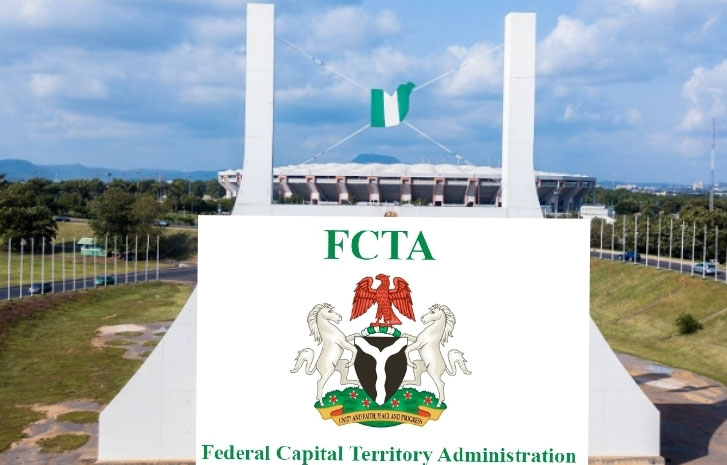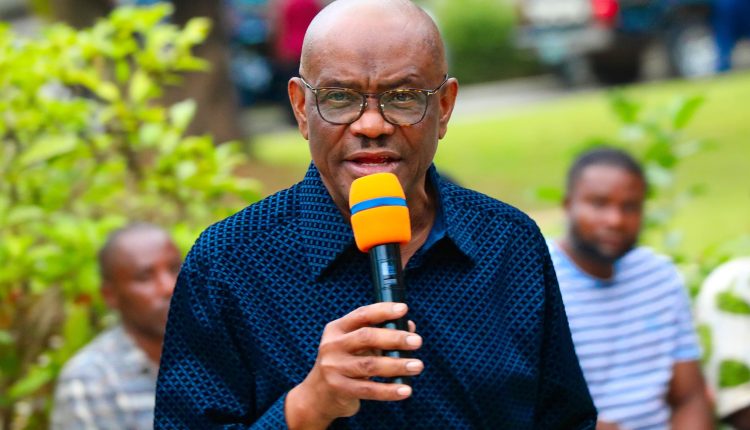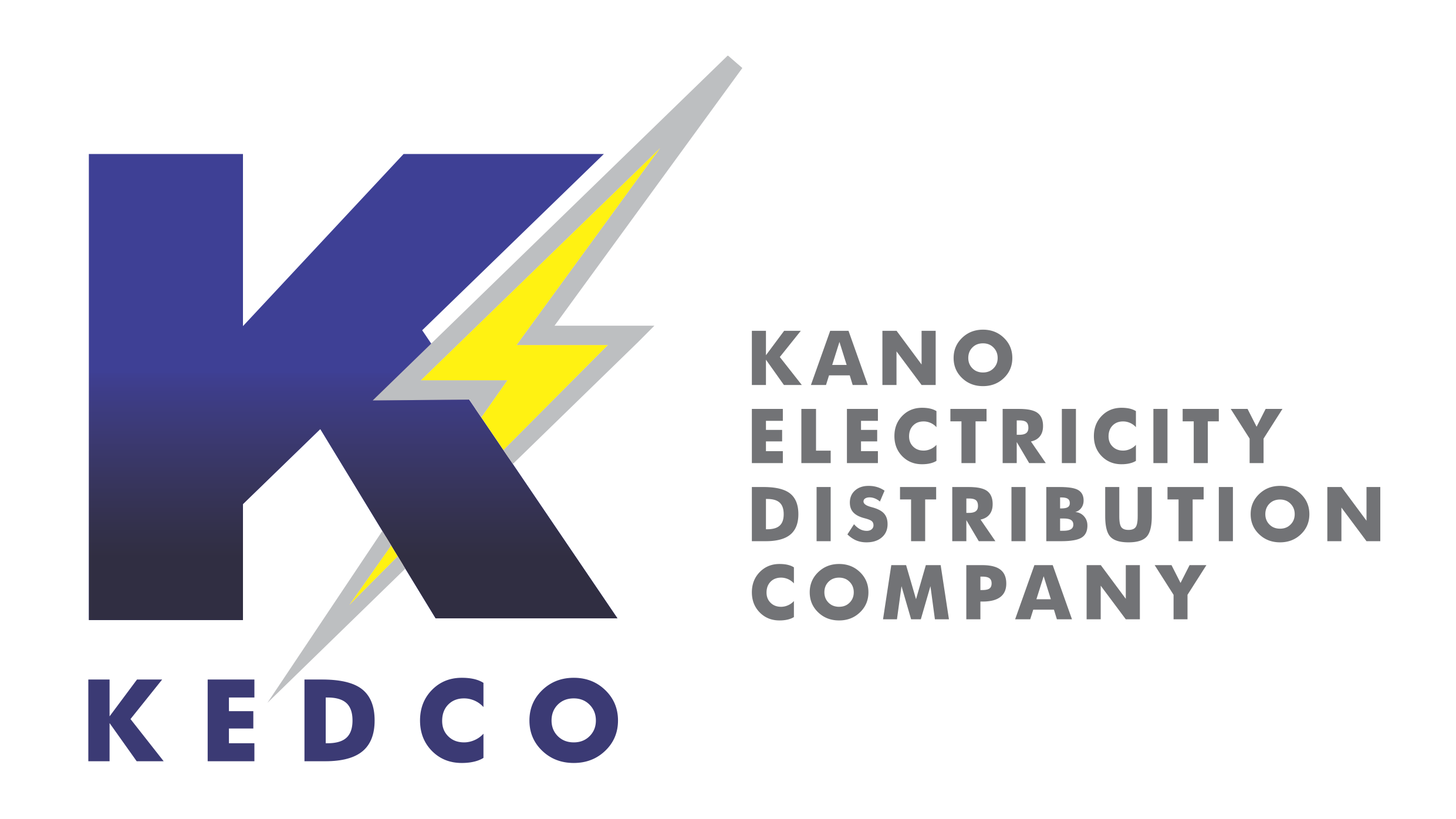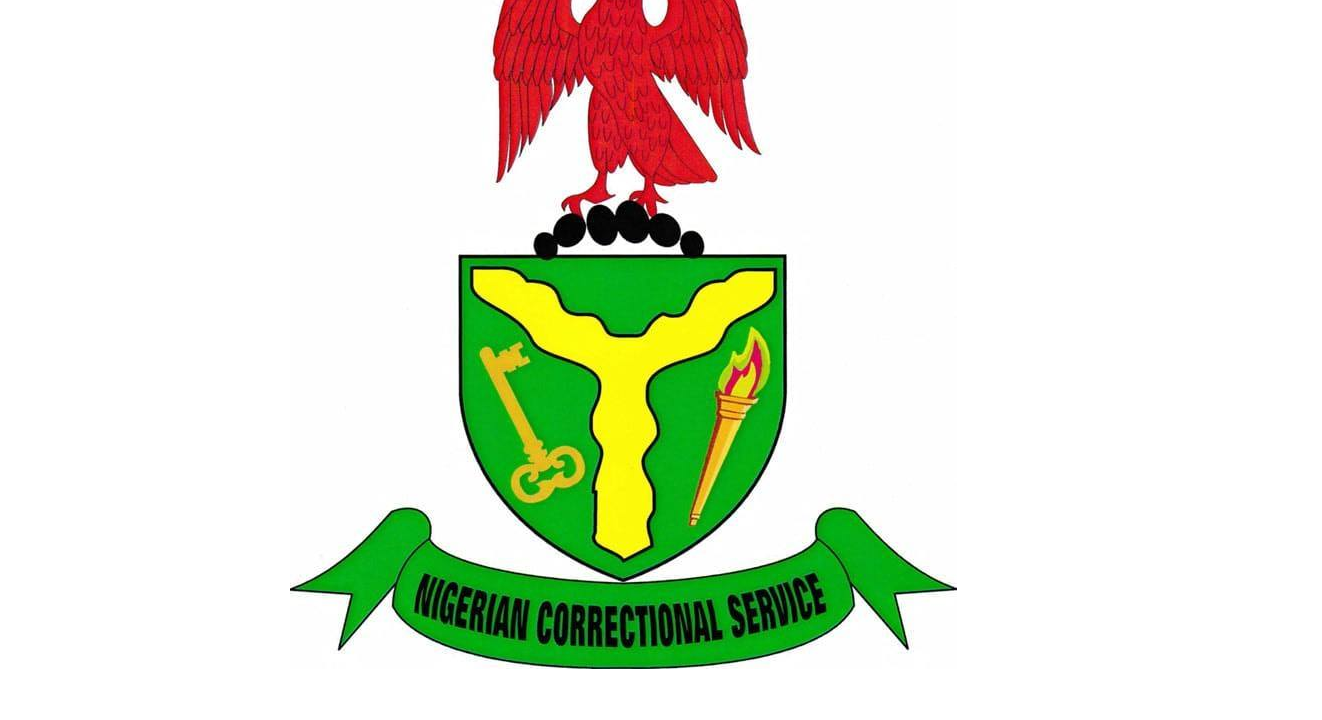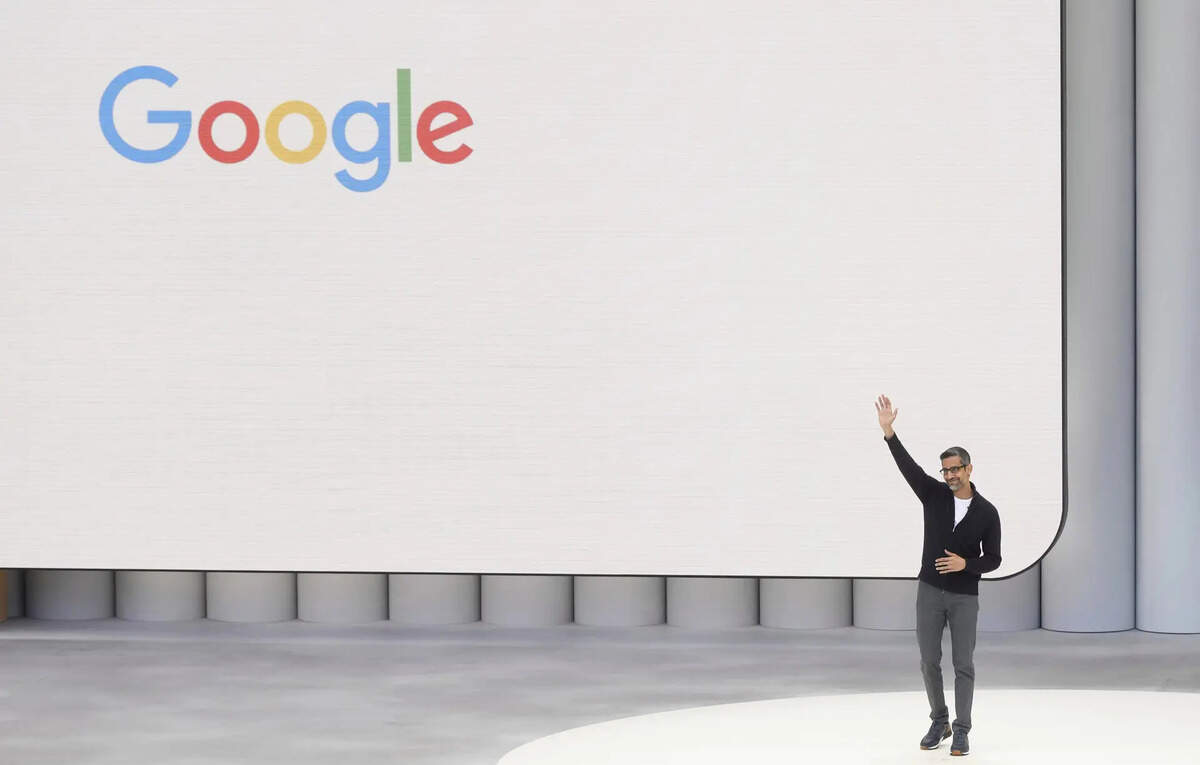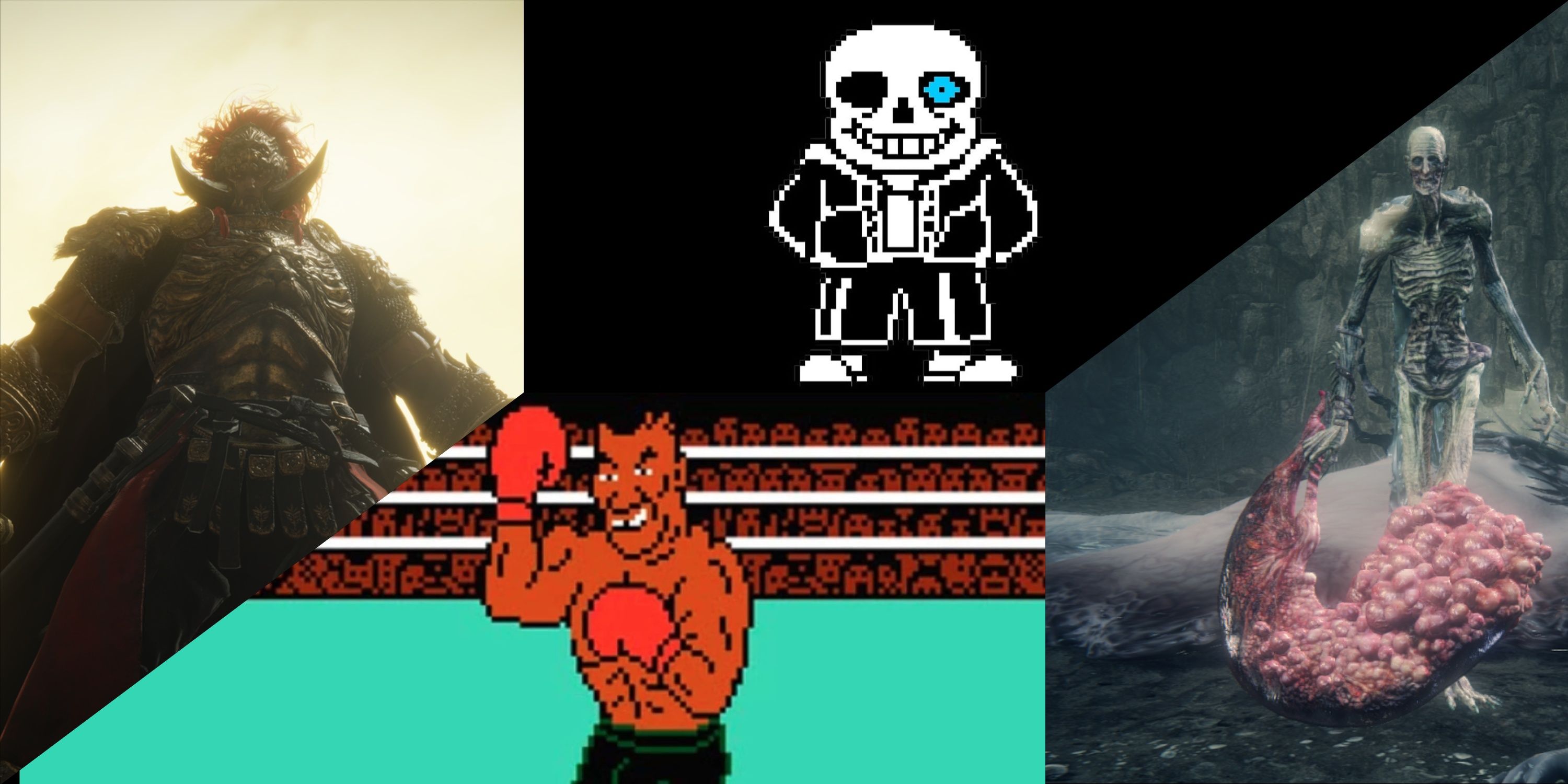Marcos Galperin Steps Down as MercadoLibre CEO
Table of Contents
After 26 years at the helm, Marcos Galperin, the billionaire founder of Mercado Libre, is passing the CEO torch too Ariel Szarfsztejn in 2026.Is this a strategic evolution or a sign of changing tides in the Latin American e-commerce giant?
Ariel Szarfsztejn, currently the president of E-commerce at mercado Libre (“Meli”), will step into the CEO role.Galperin, however, isn’t disappearing. He’ll transition to Executive Chairman, focusing on strategy, product evolution, and the integration of artificial intelligence. Think of it as Jeff Bezos moving from CEO to Executive Chairman at Amazon – a shift, not a departure.
Mercado Libre is often called the “Amazon of Latin America.” Its market capitalization rivals some of the biggest names in U.S. retail.
Szarfsztejn’s appointment wasn’t necessarily the expected move.Many anticipated a long-time Galperin confidant would take over. instead, Mercado Libre opted for a relative newcomer, who joined the company in 2017. His rapid ascent through the ranks – from VP of Strategy to COO and ultimately President of Commerce – speaks volumes about his capabilities and vision.
Szarfsztejn’s Background: A Blend of Business Acumen and Academic Excellence
Like Galperin, Szarfsztejn is a Stanford University alumnus. He also holds an economics degree from the University of Buenos Aires, graduating with honors. His resume includes stints at Citibank, The boston Consulting Group, and Goldman Sachs. This diverse background positions him well to navigate the complexities of the e-commerce landscape.
Galperin’s tenure saw Mercado Libre grow from a scrappy startup to a regional powerhouse. He built a platform that democratized commerce and financial services across Latin America. His focus on innovation and adaptation allowed the company to thrive even amidst economic instability and fierce competition.
“Succession planning is crucial for any company’s long-term viability,” says Dr. Emily Carter, a professor of business strategy at Stanford. “Galperin’s move allows for a fresh viewpoint while retaining his strategic guidance.”
While Galperin will remain involved, Szarfsztejn’s leadership will undoubtedly bring changes. Here’s what we might see:
Continued Focus on AI and Technology
Galperin emphasized the importance of AI in his transition announcement. Expect Szarfsztejn to double down on this, leveraging AI to improve logistics, personalize customer experiences, and optimize operations. This coudl mean more sophisticated advice algorithms, AI-powered customer service, and drone delivery initiatives.
Expansion of Fintech Services
Mercado Pago, Mercado Libre’s fintech arm, has become a significant revenue driver. Szarfsztejn is likely to expand these services, offering more loans, insurance products, and investment opportunities to its user base. This could mirror the strategies of companies like Square (Block, Inc.) in the U.S., blurring the lines between e-commerce and financial services.
Strengthening Logistics and delivery Networks
Efficient logistics are critical for e-commerce success. Szarfsztejn, who previously led the growth of Mercado Libre’s logistics network, understands this intimately. Expect continued investment in warehouses, delivery vehicles, and technology to streamline the shipping process and reduce delivery times. This is especially important in a region with challenging infrastructure.
Share your predictions for Mercado Libre’s future in the comments below!
Szarfsztejn faces several challenges as he takes the reins:
Competition from Global Giants
amazon and other global e-commerce players are increasingly eyeing the Latin American market. Szarfsztejn must defend Mercado Libre’s market share and differentiate its offerings to stay ahead of the competition.This could involve strategic partnerships, acquisitions, or a renewed focus on local products and services.
Economic and Political Instability
Latin america is known for its economic and political volatility. Szarfsztejn must navigate these uncertainties and adapt the company’s strategies to changing market conditions. This requires a deep understanding of the region’s diverse cultures and economies.
Maintaining a Strong Company Culture
Galperin built a strong company culture that fostered innovation and collaboration.Szarfsztejn must maintain this culture while also bringing his own leadership style to the table. This involves effective communication,employee empowerment,and a commitment to the company’s core values.
The transition from galperin to Szarfsztejn marks a new chapter for Mercado Libre. while challenges remain, the company is well-positioned for continued growth and success. With a strong foundation, a talented leadership team, and a commitment to innovation, Mercado Libre is poised to remain a dominant force in the Latin american e-commerce landscape for years to come.
mercado Libre,e-commerce,Latin America,Marcos Galperin,Ariel Szarfsztejn,leadership transition,fintech,logistics,AI,Amazon
Welcome, readers. Today, we’re diving deep into the recent leadership transition at Mercado Libre, the “Amazon of Latin america,” with Dr. Eleanor Vance, a renowned e-commerce strategist specializing in emerging markets. Dr. Vance, thank you for joining us.
It’s a pleasure too be here.
Marcos Galperin, after 26 years, is passing the CEO baton to Ariel szarfsztejn in 2026.Is this a strategic move, or are there deeper shifts occurring at Mercado Libre?
It’s undoubtedly strategic. Think of this move through the lens of companies like Amazon. galperin isn’t leaving; he’s strategically positioning himself as Executive chairman, still deeply involved in strategy, product evolution, and a critical area: artificial intelligence. This allows for a fresh perspective at the CEO level while retaining institutional knowledge and guidance. I believe it’s a very savvy succession plan.
Ariel Szarfsztejn’s appointment was somewhat surprising.Many expected a long-time confidant of Galperin. What does his selection signify?
His selection speaks volumes. Mercado Libre opted for someone who, while not a founder, has rapidly ascended the ranks as joining in 2017. That demonstrates a commitment to internal talent and signals the board’s confidence in his ability to execute on their vision. It suggests a focus on operational excellence and scaling existing strengths in e-commerce. His background at places like Citibank and Boston Consulting Group suggests a strong grasp of financial strategy and operational efficiency needed to grow in this challenging habitat.
Galperin’s legacy is immense. How has he shaped the Latin American e-commerce landscape?
Galperin essentially democratized commerce and financial services in Latin America. He built a robust platform where businesses,big and small,could access a massive market. Even more remarkable, he navigated significant economic and political instability while fostering innovation.He created a culture of adaptation, crucial in such a volatile region.
What can we expect from Mercado Libre under Szarfsztejn’s leadership? The article highlights continued investment in AI, fintech expansion, and logistics.
Those are indeed the key areas to watch. In AI, expect to see enhanced suggestion algorithms, AI-powered personalized customer service, and even experiments with drone delivery. On the fintech front,Mercado Pago has huge potential. They can leverage their existing user base to offer a broader range of financial products, like loans and insurance, becoming more like a financial services platform integrated into the e-commerce experience-similar to a Square (Block, Inc.) – but for latin America. And logistics is paramount. Continued investment in warehousing and delivery infrastructure will be crucial for maintaining competitiveness and reducing delivery times, a major pain point in many Latin American countries.
What are some of the biggest challenges Szarfsztejn will face?
he faces a multifaceted challenge.Firstly, increasing competition from global giants such as Amazon who are investing in Latin America. Secondly, the economic and political volatility in the area. he must preserve and continue the innovative atmosphere fostered by Galperin. To surmount these challenges, he needs to understand local culture, remain adaptable and emphasize the values of the company.
How can smaller businesses in Latin America leverage Mercado Libre’s platform to their advantage in this changing landscape?
Absolutely! firstly, businesses need to optimize their product listings with high-quality images and detailed descriptions for search engine optimization on the platform. Embrace Mercado Libre’s advertising tools to increase visibility. focus on providing excellent customer service and fast shipping to build a positive reputation. And crucially, understand the local market nuances – pricing, payment preferences, and cultural sensitivities.Moreover, the AI emphasis means they need to ensure data accuracy so the AI can find the right customers.
Dr. Vance, any final thoughts or advice for our readers on the future of e-commerce in Latin America?
The future of e-commerce in Latin America is exceptionally radiant, fueled by increasing internet penetration and a growing middle class. Mercado Libre’s leadership transition is a natural evolution. Success will hinge on innovation, adaptability, and a deep understanding of the region’s unique challenges and opportunities. For investors, entrepreneurs, and consumers alike, Latin America’s e-commerce market is one to watch.
